Estimated reading time: 13 minutes
Imagine coming home to find your dog munching on your favorite pair of shoes. It’s a scene many dog owners know all too well. But why does your furry friend think a sneaker is a tasty treat?
It turns out, dogs eating odd things is a common puzzle for pet owners. Let’s explore why our canine companions sometimes make such strange snack choices. Knowing the reasons can help us understand our pets better and keep them safe from harm.
Understanding Your Dog’s Eating Habits
Recognizing the reasons behind your dog’s insatiable appetite is key to curbing their “eat everything” habit, and with expert insights, we’ll delve into what drives this behavior.
Natural Instincts of Dogs
Dogs are born with a set of instincts that can influence their behavior, including what and how much they eat. Some of these natural behaviors hark back to their ancestors who had to forage and hunt for every meal.
These ancient survival skills may lead your dog to eat whatever they come across, whether it be grass, sticks, or even things your dog eats out of sheer curiosity.
Scavenging is deeply ingrained in canine genetics. Your pup might grab everything off the ground not because they’re always hungry but because their instinct tells them food might be scarce later on. This behavior often persists despite regular meals at home.
Moreover, many dogs will eat out of boredom or anxiety – chewing and eating can provide a sense of comfort for some furry friends when left alone or under stress.
Keep an eye on this habit as it could escalate into pica, prompting your puppy to consume inedible objects which may lead to health issues such as intestinal blockages if not addressed promptly.
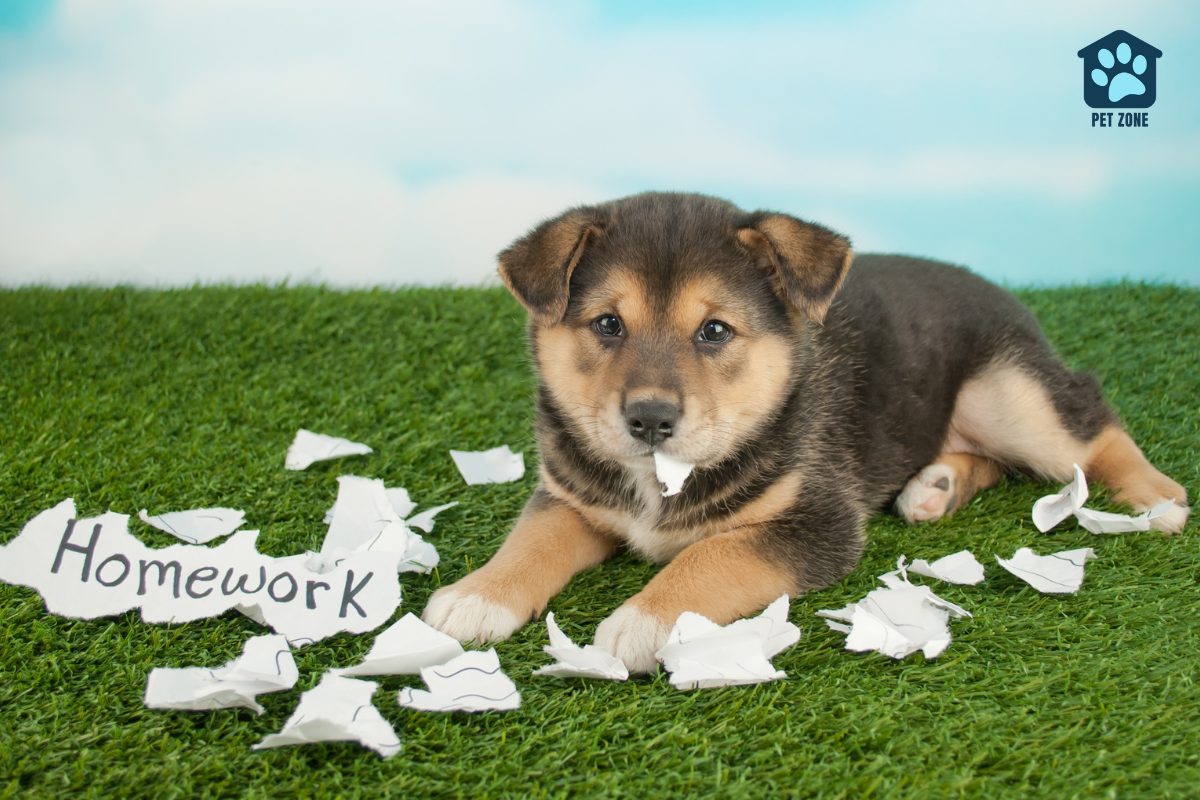
Puppies vs Adult Dogs
From a young age, puppies exhibit curious eating behaviors that can often persist into adulthood. These little explorers may try to eat just about anything they find—from socks to rocks—driven by their natural instinct to taste and chew as part of their learning process.
Puppies are notorious for nibbling on inedible objects, which is not only a discovery activity but also a way to relieve the discomfort of teething. As dogs mature, many will continue these habits out of boredom or stress, and some might develop pica—a condition where the adult dog’s desire to eat non-food items becomes almost compulsive.
Adult dogs often maintain this tendency to scavenge and will eat whatever they come across that piques their interest, sometimes leading them into trouble. The risks associated with eating inappropriate objects like plastic or oil spill over from puppyhood right through an adult dog’s life if not properly managed.
Owners need proactive strategies to keep their pets safe from potential dangers such as intestinal blockages or canine bloat if they eat something harmful. Addressing excessive eating involves understanding both the psychological drives behind it and ensuring proper nutrition alongside environmental enrichment—keeping your adult dog occupied lessens the chance it’ll turn towards unwanted chewing or eating habits.
Common Reasons for Excessive Eating
Uncovering the triggers behind your dog’s insatiable appetite can be multifaceted, from emotional behaviors to underlying health issues, delving into these factors will illuminate why man’s best friend sometimes can’t seem to get enough.
Differentiating Hunger from Boredom
Figuring out whether your dog is truly hungry or just bored can be tricky. Dogs often turn to eating as a way to pass the time or because they crave attention, not always due to hunger.
A busy dog is less likely to scavenge around for food, so providing plenty of playtime and walks can keep their mind off munching unnecessarily. If your dog makes a beeline for the kibble after finishing their meal, it might be more about seeking stimulation than needing more food.
To determine if boredom drives your dog’s appetite, observe their behavior around food during different times of the day. Are they only showing interest in food when there’s nothing else to do?
Creating a consistent feeding schedule helps them understand when mealtime is, reducing constant begging or snack-seeking behaviors.
Replace edible temptations with interesting toys and engaging activities that fulfill their need for mental stimulation and physical exercise.
Keep an eye on this habit since dogs eating everything they see could indicate deeper issues like Pica or nutritional deficiencies that require attention from your trusted vet.
Behavioral Factors
Just as emotions can drive a person to snack, dogs might turn to eating odd items out of boredom or stress. Behavioral factors play a significant role in why your dog may be munching on more than just their kibble.
Dogs that are left alone for long periods might start nibbling on household objects as a way to cope with loneliness or seek attention. This behavior isn’t just about being mischievous; it’s often a cry for interaction and stimulation.
Anxiety and stress trigger some pups to develop unusual eating habits like rock eating or obsessively chewing things they shouldn’t. A tired and busy dog may feel the need to engage in such activities, especially if they lack proper mental and physical exercise throughout the day.
Owners noticing their adult dog is obsessed with consuming everything in sight should consider whether their furry friend needs more engagement, training, or perhaps even changes in the environment to alleviate these behavioral issues effectively without resorting solely to disciplinary measures.
Nutritional Deficiencies
Nutritional deficiencies in dogs can lead to a variety of health issues, including the compulsion to eat inappropriate objects. Pica is not just a quirky behavior; it’s often the body’s way of signaling that something is missing nutritionally.
If your dog insists on eating things that aren’t food, this could be a sign that their diet lacks essential vitamins and minerals.
To address these nutritional gaps, talk to your vet about tailoring your dog’s diet. A well-rounded meal plan may help curb those dangerous dining habits. Ensuring your furry friend gets all the nutrients they need is crucial for their overall health and can prevent them from scavenging around for non-edible items.
Keep an eye on what your dog eats, as consuming rocks or plastic could lead to emergency surgery if they cause an intestinal blockage.
Medical Causes
While a lack of nutrients can lead to unusual eating behaviors, several medical conditions might also cause your dog to eat everything.
Pica is one particularly concerning disorder where dogs develop an almost compulsive urge to consume non-food items like fabric or paper.
This condition not only poses risks due to the ingestion of inedible objects but could also signal underlying health issues that need immediate attention.
If you notice your dog’s strange eating habits include more than just food scraps—such as chewing on rocks or gobbling up toys—it’s crucial to bring your dog to the vet for a full examination.
Intestinal blockage is a serious risk if they swallow large, indigestible items; an early diagnosis and treatment can prevent severe complications. Your veterinarian can give your dog a nose-to-tail check-up to rule out or confirm any medical causes behind their peculiar appetite and suggest appropriate interventions.
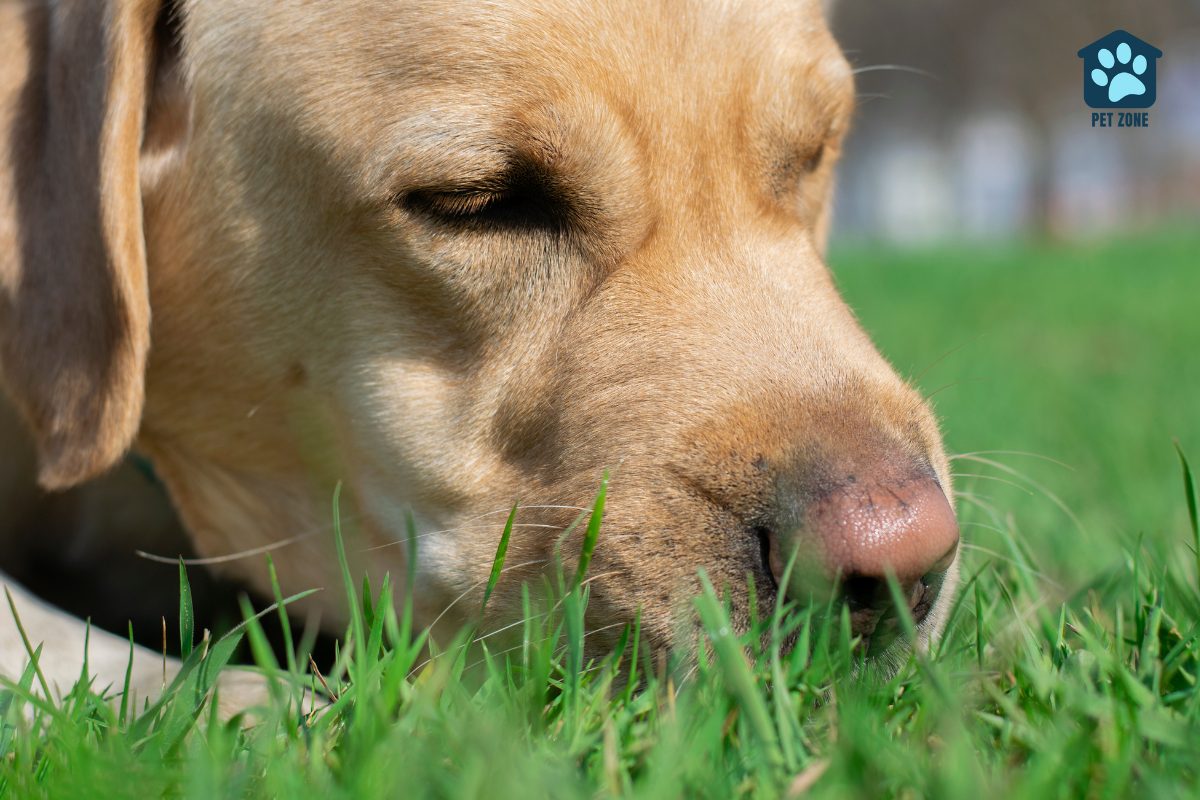
How to Prevent Your Dog From Eating Everything
Preventing your dog from indulging in everything they find can be a multifaceted approach, focusing on addressing their dietary needs and behavioral quirks. By striking the right balance between mental stimulation and nutritional satisfaction, you’ll create an environment where your furry friend no longer feels compelled to taste-test the world around them.
Proper Diet and Nutrition
Feeding your dog a balanced diet is crucial to prevent him from munching on everything in sight. A proper diet ensures your furry friend gets the necessary nutrients, which may reduce his urge to eat inappropriate items.
Look for high-quality commercial food that suits your dog’s age, size, and activity level or consult with a vet for tailored nutritional advice. Make sure fresh water is always available; hydration plays a key role in digestion and overall health.
This pet fountain is my personal favorite, ensuring that fresh water is always available!
This is the water fountain I use personally for my two cats, Zelda and Zander. They absolutely love it and they both drink from it several times every day. I feel better knowing that they are both drinking fresh water on a regular basis--especially Zander, who is a senior cat and needs to stay hydrated.
It's super affordable, easy to maintain, and almost completely silent except for the occasional trickling sound of water.
- Quadruple Filtration System
- Runs Ultra Quietly
- Easy to Set Up and Clean
To further discourage your pooch from eating everything he sees, consider dividing meals into smaller portions throughout the day. This can help manage hunger and provide steady energy levels.
Combining nutrition with consistent training reinforces good behavior – setting up the next step towards curbing their compulsive snacking habits.
Training and Behavior Modification
After establishing a proper diet and nutrition plan for your dog, the next step to curb their urge to eat everything is through training and behavior modification. This proactive approach not only reinforces good habits but also strengthens the bond between you and your furry friend.
- Consistency is key in training. Use consistent commands and rewards to teach your dog what behaviors are acceptable.
- Begin with basic obedience training. Commands like “leave it” can be lifesavers when your pet fixates on something they shouldn’t.
- Pica, the compulsion to eat non – food items, often requires professional intervention. Don’t hesitate to seek a trainer if your dog’s habits don’t improve.
- Redirect their chewing instincts by introducing safe toys and chewable treats as alternatives to hazardous objects.
- Address underlying issues such as boredom or anxiety, which might trigger the need to chew or eat inappropriate items.
- Establish a routine for eating times so your dog knows when food is coming, reducing anxiety around mealtime.
- Implement positive reinforcement techniques. Reward your dog with praise or treats for ignoring non – food items they might encounter.
- Socialize your puppy early on to prevent the development of anxious eating behaviors seen in some adult dogs.
- Engage in regular playtime and exercise sessions to keep their mind active and body healthy, reducing compulsive eating behaviors.
- Utilize deterrents like bitter apple spray on items you don’t want them chewing; however, this should be part of a broader training strategy rather than a sole solution.
Environmental Enrichment
Building on the foundations of training and behavior modification, environmental enrichment is a powerful strategy to curb your dog’s tendency to eat everything in sight. It involves adding variety and mental stimulation to your dog’s daily life which can significantly reduce boredom or anxiety that may lead them to chew or consume inappropriate items.
Interactive toys that challenge your pooch, like puzzle feeders where they have to work for their treats, keep their minds active and focused away from unwanted munching habits.
Creating opportunities for sensory play also encourages natural canine behaviors in appropriate ways so they don’t resort to eating things they shouldn’t. Introducing new textures, scents, and sounds with different types of toys or safe natural objects can engage your dog’s senses without the risks associated with consuming dangerous items.
Regular changes in the walking route or exploring new environments together not only enriches their day but reinforces the bond between you both—keeping both mind and body healthy while deterring those wayward eating tendencies.
Dangers of Eating Harmful Objects
Dogs with a habit of gobbling up everything in sight can face serious health risks. If your furry friend swallows items like stones, toys, or household goods, they risk choking or experiencing an intestinal blockage.
Such emergencies can be life-threatening and might require urgent surgery to remove the obstruction from their digestive tract.
Pica is no trivial matter; this condition is an almost compulsive urge to eat inedible objects, potentially leading to internal injuries or poisoning if the consumed objects are toxic.
Even something as seemingly harmless as your dog eating dirt or eating grass could expose them to pesticides or herbicides that are toxic to your pup.
Vigilance is key for pet owners; keeping dangerous items out of reach and monitoring your dog’s behavior could save them from harmful consequences that stem from their indiscriminate eating habits.
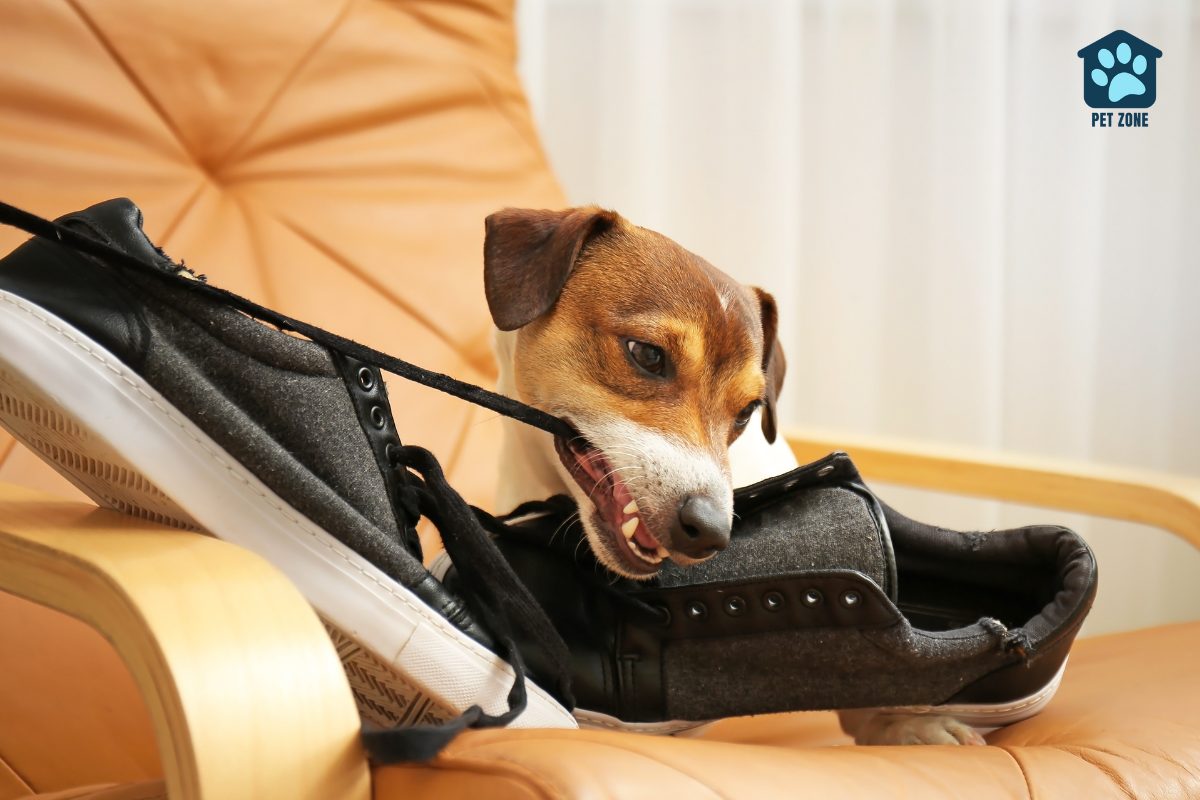
Safe Toys and Chewing Alternatives
Your dog’s urge to chew is natural, but not everything they find is safe. Providing safe toys and chewing alternatives can keep your dog entertained and protect them from harmful objects.
- Choose rubber or nylon toys that are tough enough to withstand your dog’s bite. Look for products specifically designed for chewing, such as those made by reputable pet toy companies.
- Offer rawhide-free chews, which are digestible and come in various shapes and sizes, catering to your pup’s need to gnaw without health risks associated with rawhide.
- Introduce puzzle toys that challenge your pet mentally. These stimulate their brains while rewarding them with treats, reducing the chances of your pooch eating inappropriate items out of boredom.
- Invest in sturdy rope toys that help clean teeth and massage gums. Ensure they’re the proper size for your dog to prevent accidental ingestion.
- Rotate toys regularly to keep interest high. A fresh selection prevents boredom and deters dogs from seeking out non-toy items for entertainment.
- Use natural chews like antlers or animal horns, which are less likely to splinter than bones. Always supervise your dog when they have these kinds of chews.
- Apply a dog repellent spray on items you don’t want chewed. This harmless deterrent can discourage pups from gnawing on furniture or shoes.
- Attend puppy training classes where they can learn what’s appropriate to chew on. A professional trainer can provide further guidance tailored to your dog’s behavior.
- Freezing treats inside toys can extend playtime and satisfy the desire to break things apart. It helps divert their attention away from forbidden objects.
- Monitor play sessions closely, especially if your pooch loves tearing things up. Remove any pieces that break off from toys immediately to prevent choking hazards.
Regular Health Check-Ups
Scheduling regular health check-ups with your vet is a crucial step to ensure the well-being of dogs that eat almost anything. These visits can help catch signs of pica or other conditions early on.
During an examination, veterinarians look for any underlying issues that might contribute to this behavior, such as nutritional deficiencies or gastrointestinal problems.
Maintaining these appointments helps prevent serious complications such as intestinal blockage from ingesting indigestible items like rocks and socks. Vets perform nose-to-tail assessments to make certain your dog’s diet and environment aren’t contributing to harmful eating habits.
They may suggest dietary adjustments, behavioral therapy, or further medical investigation if necessary.
When to Seek Professional Help
If your dog’s appetite for eating non-food items has you worried, it’s time to consult with a veterinarian. Pica is a serious condition that can compel dogs to consume objects they shouldn’t, like socks or plastic, and it requires professional attention.
An appointment with your vet becomes crucial especially if you notice your furry friend throwing up after ingesting such items or showing signs of an upset stomach. They will give your dog a thorough examination to rule out any underlying medical issues.
Dealing with persistent poop eating or witnessing your pup munching on rocks? These behaviors can be dangerous and lead to intestinal blockages. Don’t wait for complications; take action and book your pet’s first visit today.
Your veterinarian can provide valuable guidance on preventing hazardous habits and ensuring the well-being of your companion. Remember, quick intervention could save you from more serious health scares down the line.
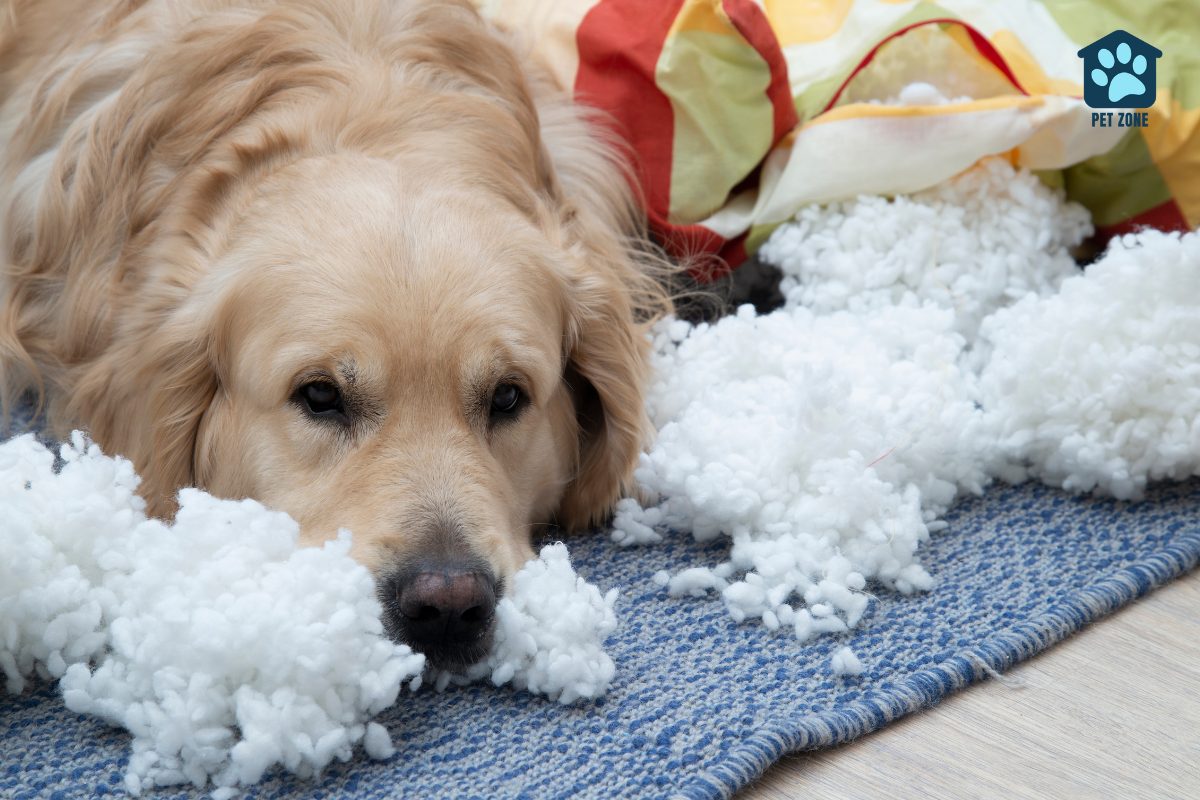
Conclusion
Dogs have a myriad of reasons for gobbling up anything in sight, from natural instincts to health-related issues. Our article explored the why and how behind your furry friend’s insatiable appetite.
With practical advice on diet, training, and environmental enrichment, you now possess the tools needed to address this puzzling behavior. Remember, prevention is always better than cure; regular check-ups keep risky eating habits at bay.
Embrace these tips with confidence—they’re designed for real-life application and are effective in promoting your dog’s well-being. Let today be the day you guide your companion towards safer eating practices that ensure their continued happiness and health.
As an Amazon Associate I earn from qualifying purchases.
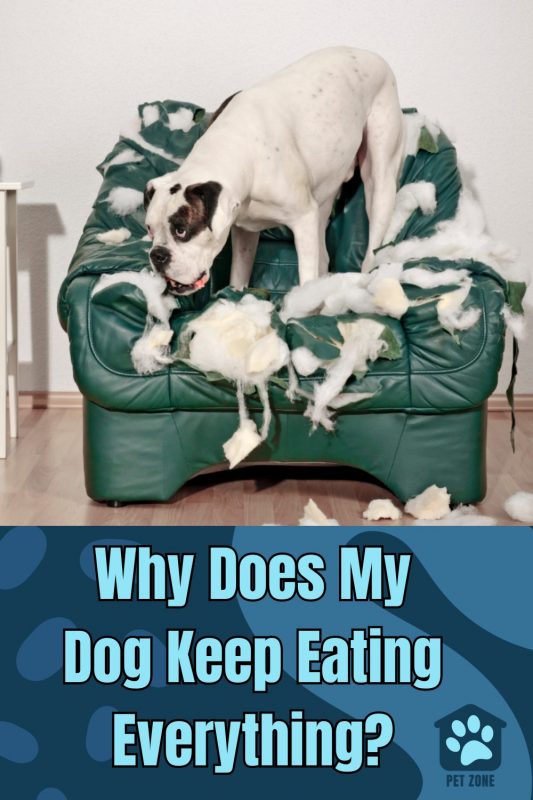


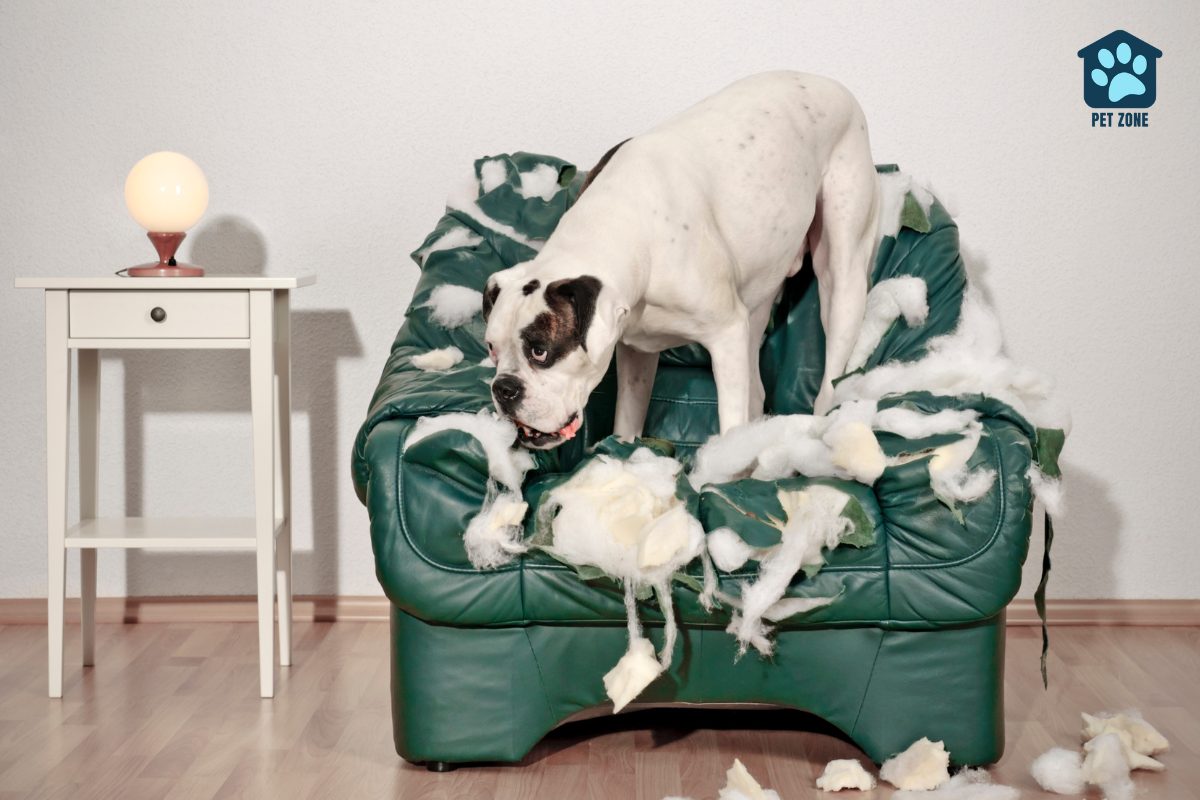
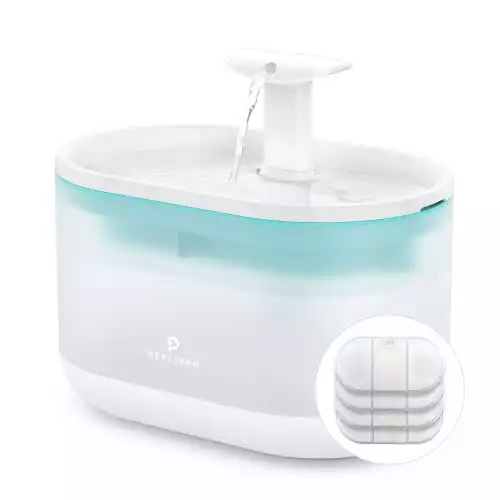
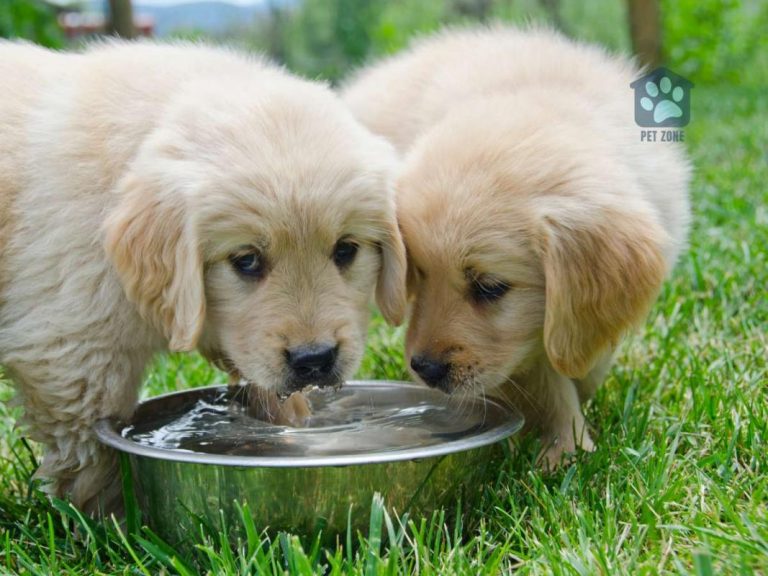
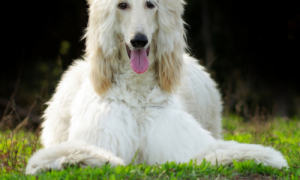
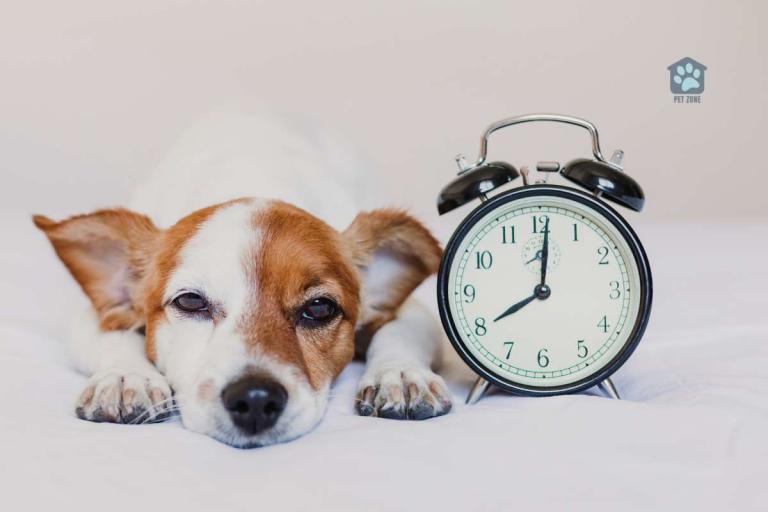

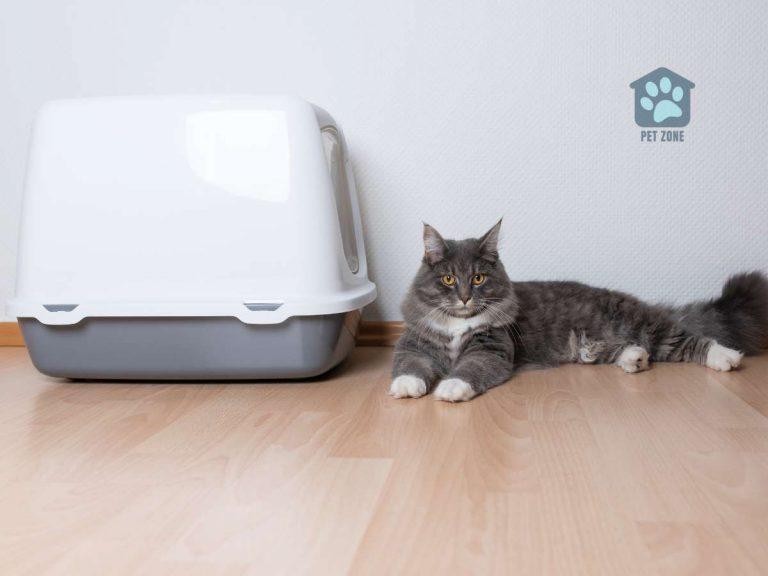
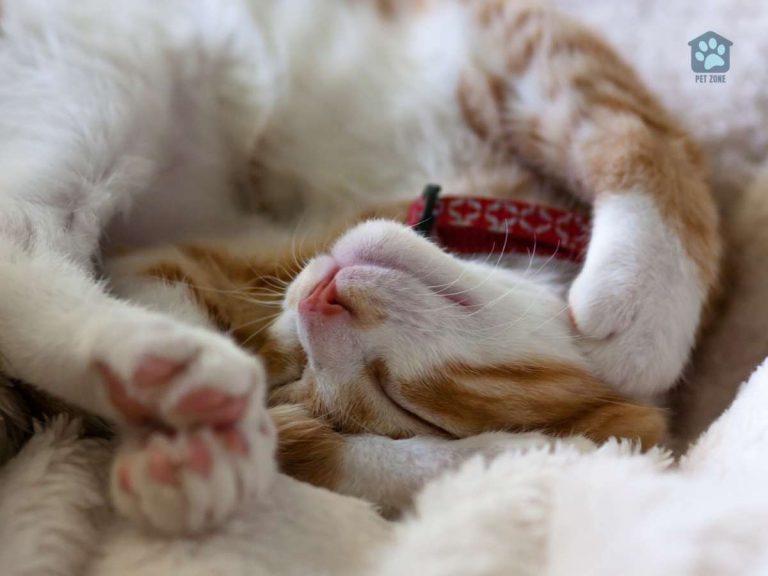
Great tips! Luckily, most of my dogs have seen to outgrow the “chew everything up” phase.